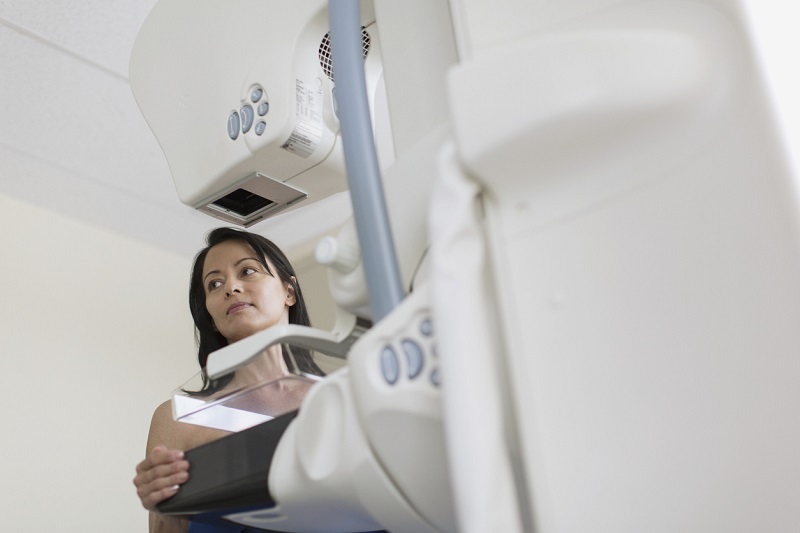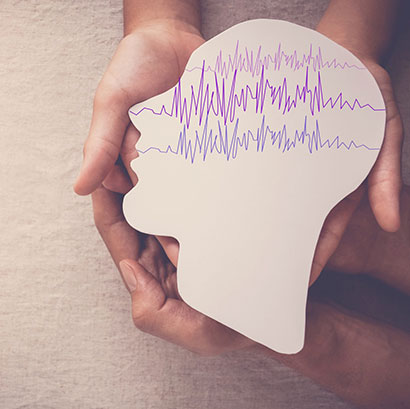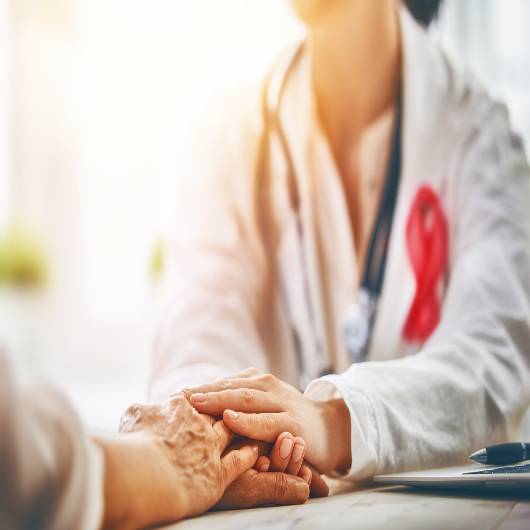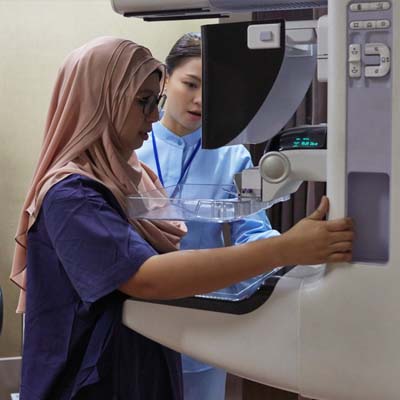What to Know Before Your First Mammogram

September 01, 2023
A mammogram is considered the gold standard for detecting breast cancer, which the American Cancer Society estimates is diagnosed in nearly 300,000 American women and claims the lives of nearly 44,000 people each year.
But many women are uneasy about undergoing this screening test, so it’s wise to know what to expect before your appointment, says Gail Starr, M.D., MSEd, medical director, chief of Breast Imaging, Diagnostic Radiology, at Hackensack University Medical Center and Palisades Medical Center.
“Women are concerned a mammogram might hurt, they’re concerned about radiation, or they don’t believe they need a mammogram because nobody in their family has breast cancer,” Dr. Starr says. “But delaying or avoiding your mammogram screening won’t stop breast cancer from developing and spreading. It will only delay detection.”
What Happens During a Mammogram?
- You’ll be asked to undress from the waist up and given a gown to cover you.
- A technician will guide you to stand in front of the mammography machine.
- Each of your breasts will be placed between two plastic plates, one at a time.
- The technician will then lower the plastic plate onto your breast, flattening it so breast tissue is most easily visible.
- For accurate results, multiple images of each breast will be taken from different positions. The entire process takes about 15 minutes to complete.
“For some women, a mammogram might be a little uncomfortable, but many women report no discomfort at all,” Dr. Starr says.
Expert Tips to Prepare for Your Mammogram
Dr. Starr offers six tips to better prepare for your first or your next mammogram:
- Set ample time for your appointment so you can avoid feeling rushed.
- If your breasts tend to be tender with your menstrual cycle, schedule your appointment for about a week after your period.
- Cut back on caffeine before the appointment if consuming caffeine makes your breasts tender.
- On the day of your appointment, wear a two-piece outfit, so you can remove just your top for the mammogram, and flat shoes to improve your stability as you’re being positioned.
- Skip deodorant, powder, lotion and perfume that day, since they can interfere with the test results.
- Try to relax while the technician is positioning your breasts, since tense muscles can hamper breast tissue from being compressed as effectively.
- Let your technician know if you’re uncomfortable. Sometimes repositioning the breast can make all the difference.
How Often Do Mammogram Callbacks Occur?
“Only one in 10 women gets called back for additional imaging,” Dr. Starr says. “That might be due to a change the radiologist sees in your mammogram images since your baseline or last exam. It might also be due to technical reasons, such as the need to include more breast tissue in the images.”
The good news, she says, is that most women who return for additional imaging don’t have cancer. “There are a lot of noncancerous things, like cysts or benign growths, we might find that require additional imaging so we can prove all is OK,” Dr. Starr says. “Most patients leave with good news. Just think of it as an extension of your screening exam.”
Next Steps & Resources:
- Meet our source: Gail Starr, M.D.
- Schedule a mammogram at a location near you
The material provided through HealthU is intended to be used as general information only and should not replace the advice of your physician. Always consult your physician for individual care.







